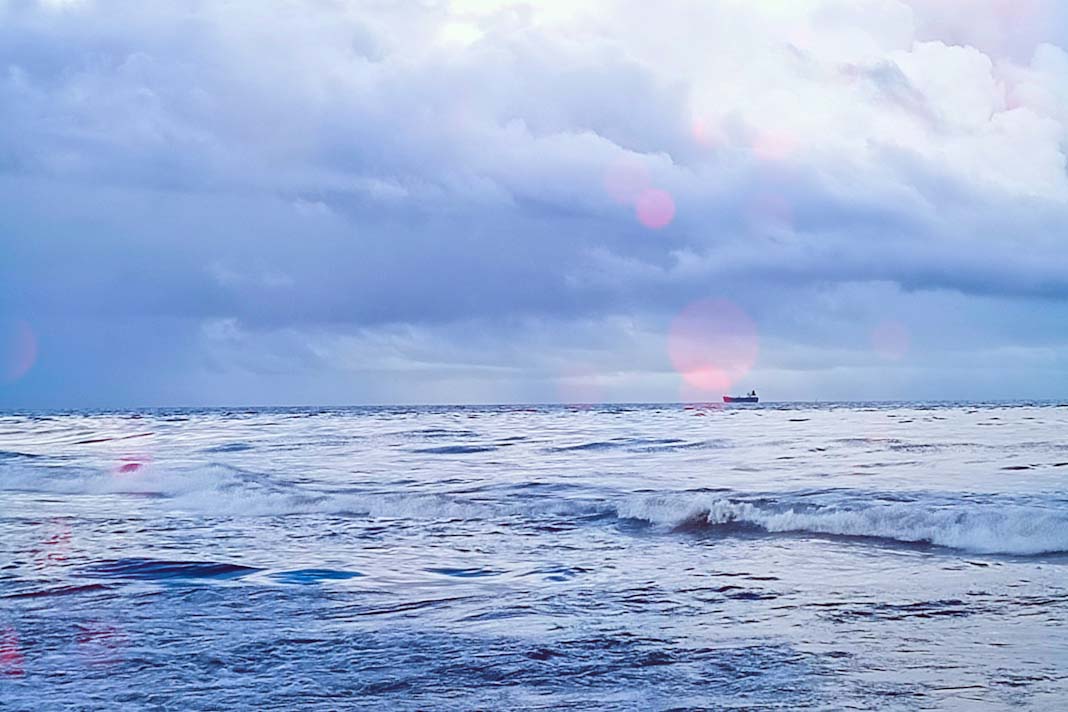 A stroke occurs when the blood supply to part of the brain is interrupted or reduced, depriving brain tissue of oxygen and nutrients. Within minutes, brain cells begin to die. Strokes are a medical emergency that require immediate attention.
A stroke occurs when the blood supply to part of the brain is interrupted or reduced, depriving brain tissue of oxygen and nutrients. Within minutes, brain cells begin to die. Strokes are a medical emergency that require immediate attention.
According to the World Health Organization (WHO), strokes are the second leading cause of death globally, accounting for around 6.5 million deaths annually, and are a major cause of long-term disability.
Understanding the Types of Stroke
There are two main types of stroke:
-
Ischaemic stroke: Caused by a blockage (such as a blood clot) in an artery supplying the brain.
-
Haemorrhagic stroke: Occurs when a blood vessel in the brain bursts, causing bleeding.
A third, milder form known as a Transient Ischaemic Attack (TIA) or mini-stroke causes temporary symptoms but serves as a serious warning sign of future strokes.
For seafarers, recognising strokes is especially critical because medical assistance at sea is limited. Acting quickly can save lives and prevent lasting disability.
How to Spot a Stroke: Think FAST
Recognising a stroke early is key to reducing brain damage. Use the FAST test:
-
F – Face: Ask the person to smile. Does one side droop?
-
A – Arms: Ask them to raise both arms. Does one drift downward?
-
S – Speech: Is speech slurred or strange? Can they understand you?
-
T – Time: Call for emergency help immediately.
Other warning signs include:
-
Sudden numbness or weakness in the face, arm, or leg (especially on one side)
-
Difficulty speaking or understanding speech
-
Vision problems in one or both eyes
-
Dizziness, loss of balance, or difficulty walking
-
Sudden, severe headache without an obvious cause
Women may experience less specific symptoms like confusion, fatigue, or general weakness so high vigilance is essential onboard.
Managing Risk and Preventing Stroke
Many stroke risk factors are preventable or manageable, including:
-
High blood pressure (the leading cause)
-
Smoking
-
Diabetes
-
High cholesterol
-
Obesity and physical inactivity
-
Excessive alcohol intake
-
Irregular heartbeat (atrial fibrillation)
Tips for Seafarers:
-
Monitor blood pressure regularly and take prescribed medications as directed.
-
Avoid smoking and limit alcohol (max two drinks per day for men, one for women).
-
Eat healthily — choose low-salt, low-fat meals and include fruits, vegetables, and whole grains.
-
Stay active with 30 minutes of moderate exercise most days, even onboard.
-
Maintain a healthy weight and keep your medical file updated.
If you’ve had a mini-stroke (TIA) or have conditions like high blood pressure or diabetes, you’re at a higher risk follow your doctor’s guidance closely.
What to Do If a Stroke Occurs Onboard
If a stroke is suspected:
-
Contact your telemedical provider (e.g., MedSea) immediately.
-
Record vital signs blood pressure, heart rate, breathing, oxygen level, and temperature.
-
Note the time symptoms began and keep the person calm.
-
Lay them down with the head slightly elevated.
-
Do not give food, drink, or medication unless instructed by a professional.
Stroke prevention begins with awareness and action. By staying healthy, recognising early warning signs, and responding swiftly, seafarers can protect themselves and their crewmates. Remember your health is your greatest responsibility, but you’re never alone. Early communication and teamwork onboard can make all the difference in saving a life.
Did you subscribe to our daily Newsletter?
It’s Free Click here to Subscribe!
Source: BRITANNIA P&I CLUB















